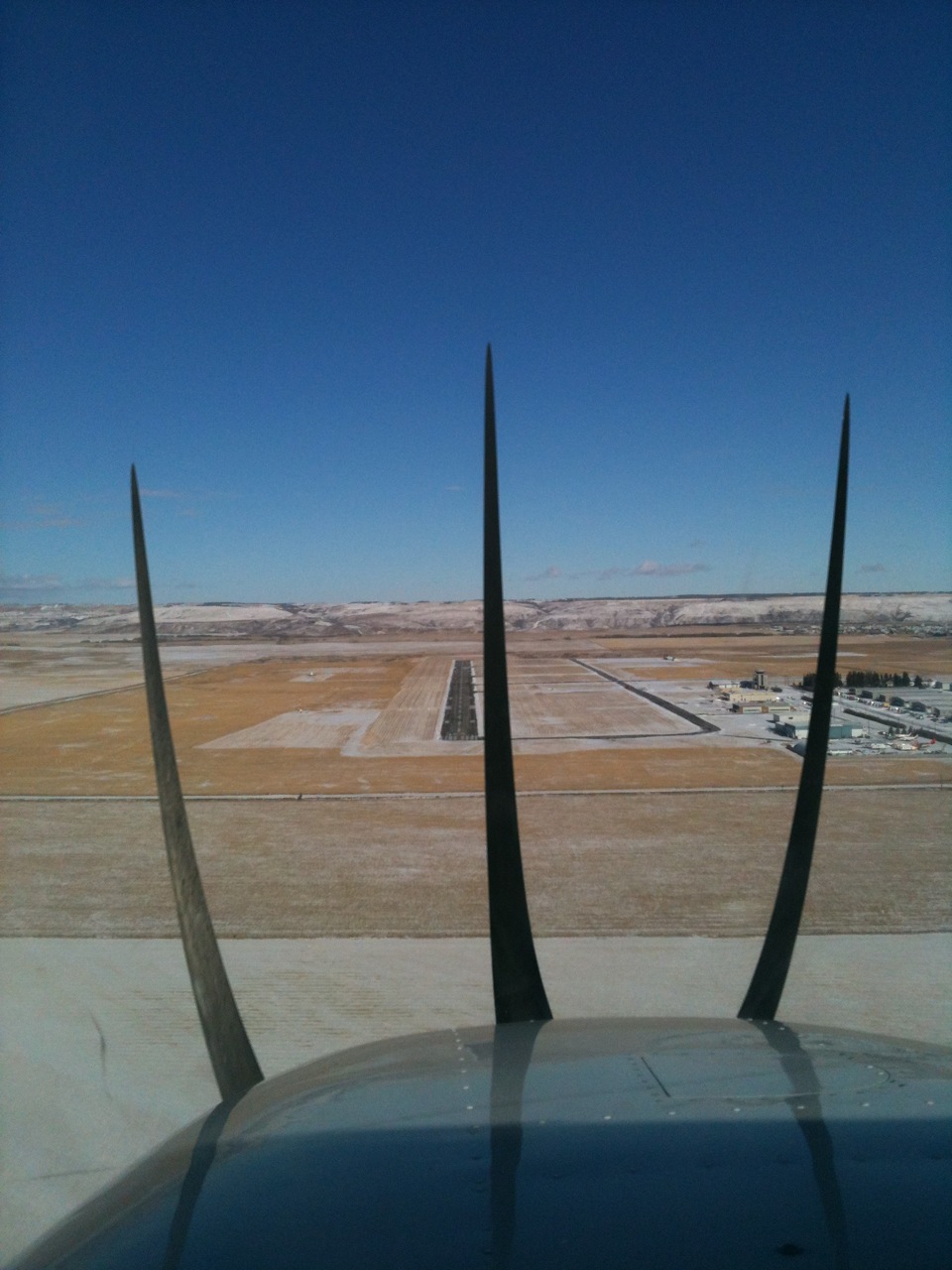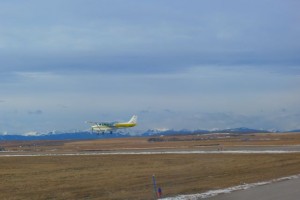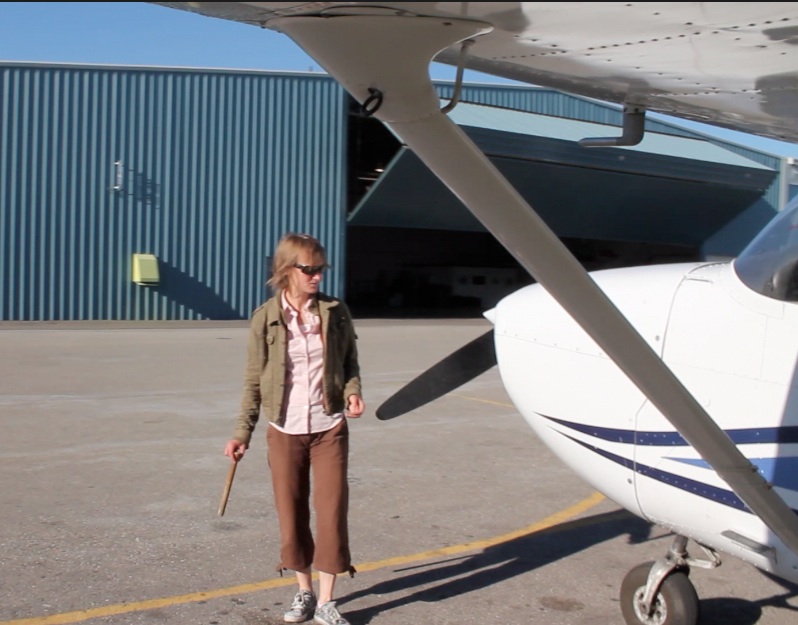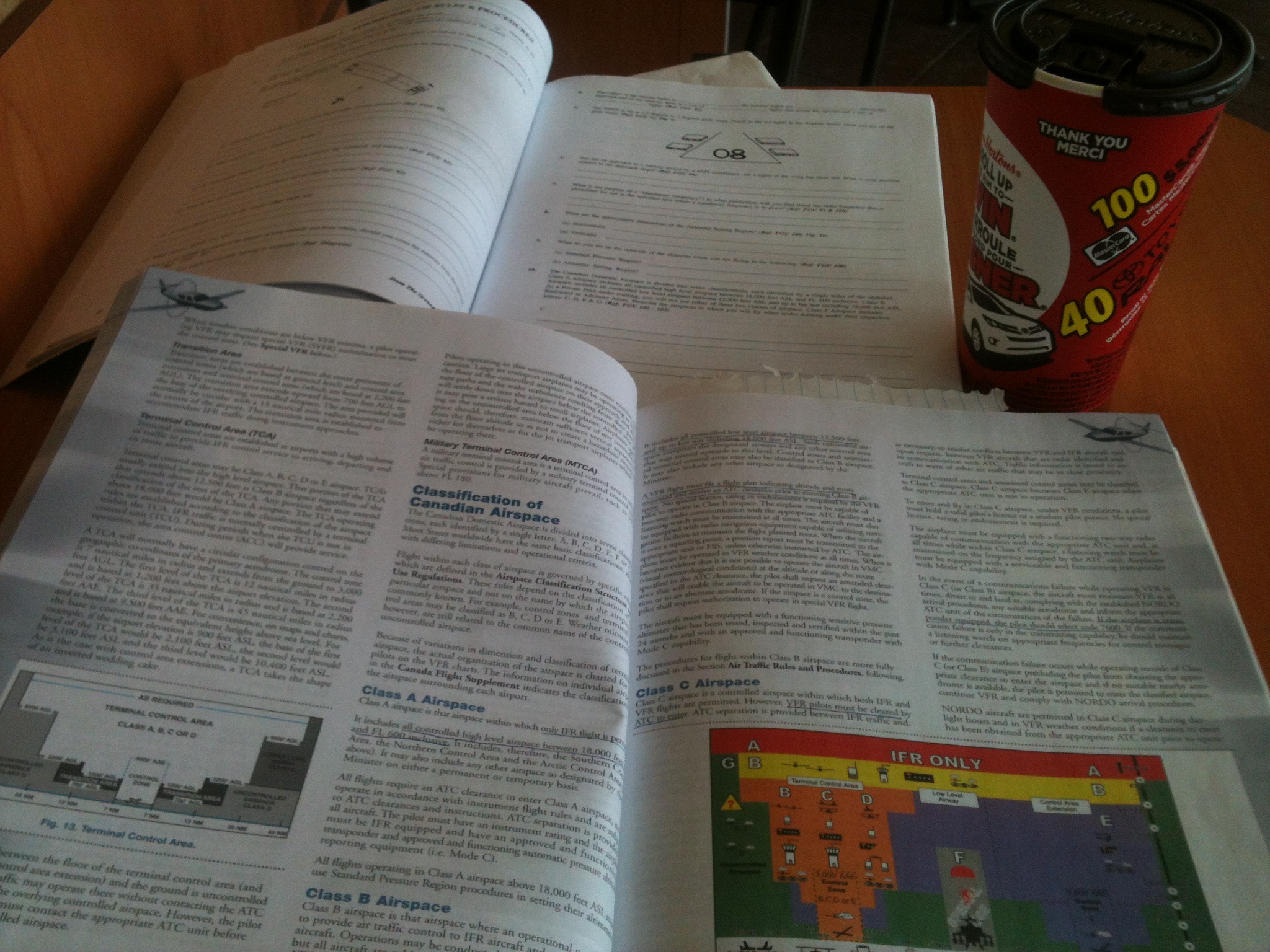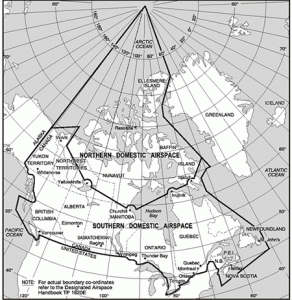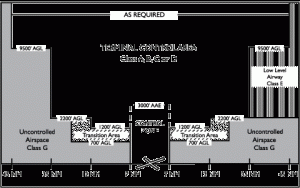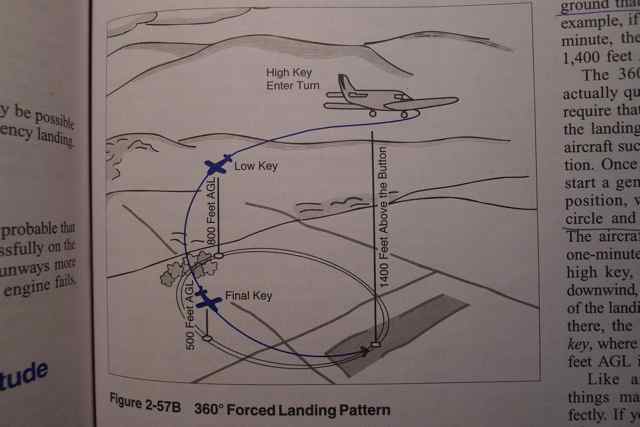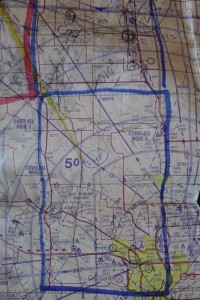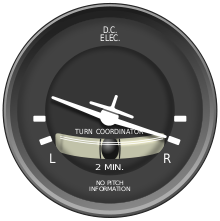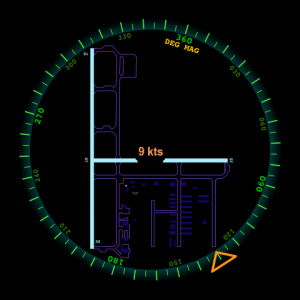
We live in a world where there are growing concerns regarding human induced climate change. It is very high on the policy agenda of most governments, issues I have experienced first hand working as an environmental economist. Not surprisingly, in the community it is generally accepted that we are without question experiencing climate change, and there is a consensus that a lot of it is human-induced due to increased carbon emissions. It is not a debate, but a generally accepted consensus in the scientific community.
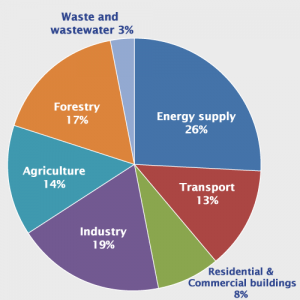
So like you, I love to fly and also love to travel by commercial air service. How does commercial aviation contribute to climate change? How do airplanes contribute negatively when it comes to greenhouse gas (GHG) emissions?
Let’s examine what the main contributors are to GHG emissions. Globally, the sources of GHG are primarily from energy supply (26%) and industry (19%). Transportation is close at 13%, where fossil fuels are burned to power transportation activities such as rail, road, air and marine transport (IPCC 2007) and aviation represents about 12% of the transport figure. The contribution of civil global aviation is about 2% of total GHG emissions (CleanSky website). Flights produce about 628 million tonnes of Co2 annually. A typical car emits about 5 tonnes per year and there are about a billion cars (Huffington Post 2013) out there in the world (of course, this is a very rough figure) meaning about 5 billion tonnes are produced by cars, making it a greater net contributor. In Europe, road vehicles contribute about 1/5th of carbon dioxide emissions (European Commission 2012b). In Canada, transportation accounts for over 28% of total GHG emissions (Conference Board of Canada 2010). But what about per passenger kilometer?
The current rating for car is about 140 g / kilometer (European Commission 2012a). For air travel, this figure is higher, (2000 data) at about 170 g / kilometer (BBC news). But the figures from aircraft vary extensively, depending on the type of flight, type of airplane used and distance flown. Domestic short distance are as high as 260 g/km, domestic long distance 178 g/ km and long distance the lowest at 114 g / km (wikipedia.org). British Airways has estimated their per passenger rate at 100 g / km. Flying trips cover far longer distances than could be undertaken by car, so total emissions would be higher because of the ability to travel longer distances.
The effects of flights at high altitudes may be greater than those at low altitudes. An important effect appears to be from contrail emissions.

Remember from weather theory that jet engines produce contrails, which are mostly water vapor. One of the effects is that jet contrails cause cirrus clouds to form in the higher atmosphere where commercial jets fly (10-12 km above ground, at temperatures of -40). There still appears to be debate about what this contribution is to global warming, and most calculations are done from contributions of fuel burn. However, a NASA study has found the warming effect caused by increased cirrus cloud formation from aircraft in the US (NASA 2004). Because of this, aircraft cause more than just CO2 emissions but also contribute to radiative forcing, which has to do with contrail production and nitrous oxide emissions.
These contrails are rare for low altitude aircraft or propeller driven aircraft, meaning the contribution of commercial aviation could potentially be more significant than other types of flights.
Another chief concern is the increasing use of air travel. Since planes continue to run on fossil fuels, the increase in CO2 emissions from aviation will likely grow. In fact, between 1990-2004, number of airport users in the UK rose 120%. On average, global airline growth amounts to approximately 5% per year (MIT 2006).
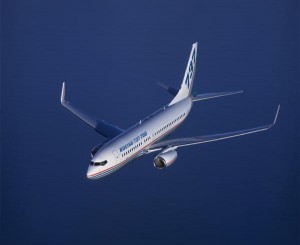
The industry is making changes to be more efficient. Experimenting with cleaner fuels (biofuels), aircraft made of composite materials that are lighter, and addition of aircraft modifications such as winglets or sharklets which block wing tip vortices (and reduce drag) are all being considered. Wing tip devices, such as winglets or sharklets have been found to reduce fuel burn by as much as 3.5% (wikipedia.org). Westjet’s 737 airplanes configured with winglets record a decrease of 2.7% fuel burn (Westjet website). The use of biofuels has it’s own issues – we see that with vehicles, where mandatory levels of ethanol (grain alcohol) in gasoline for vehicles has stressed grain markets -so these are being researched and considered. There are little things that can be done to reduce the impact.
It is an interesting issue. A bit of food for thought!I am no expert in this field and your comments are welcome and appreciated.
Further reading and Sources can be found below.
BBC News (2000) “Pollution Warning on Holiday flights.”
Clean Sky cleansky.eu webpage, “Aviation & Environment”
Conference Board of Canada (2010) “Greenhouse Gas Emissions”
European Commission (2012a). “Co2 emissions from new cars down by 3% in 2011.”
European Commission (2012b) Climate Action. “Road Transport. Reducing CO2 emissions from vehicles.”
Huffington Post.ca. (2013) “Number of cars worldwide surpasses 1 Billion. Can the world handle this many wheels?”
IPCC (2007) Intergovernmental Panel on Climate Change, Climate Change 2007: Synthesis Report.
NASA (2004) “Clouds Caused by aircraft exhaust may warm US climate.”
MIT (2006) “Global Airline Industry Program: Airline industry overview.”
US Environmental Protection Agency, EPA (2010) “Global Greenhouse Emissions Data.”
Westjet.com (2013) “Environmental commitment”
Wikipedia.org (2013) “Fuel economy in aircraft.”
Wikipedia.org “Environmental Impact of Aviation“
